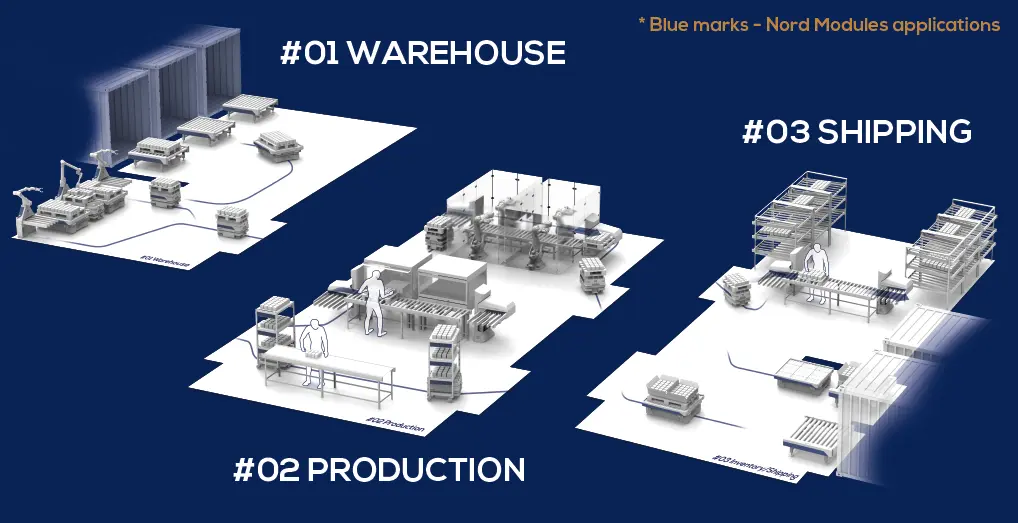Automation is crucial for improving productivity and efficiency in today’s business world. However, its successful implementation involves more than just the technology. It is important to consider the impact on employees and make the automation process easier for them. In this article, we will discuss steps to create a smooth transition and a harmonious work environment during the automation process.
1. Communicate and Be Transparent
Effective communication is crucial when introducing automation to employees. Organizations can alleviate uncertainty by explaining the process and emphasizing that automation is meant to assist, not replace their roles. Furthermore, leaving room for questions will make employees feel interested and excited about the change instead of fearful.
Regular updates, newsletters, and transparent discussions about the benefits of automation for the business and specific job roles help build trust and make employees feel valued and informed. Prioritizing clear communication supports a successful transition while supporting the workforce.
2. Explain the Benefits
By emphasizing that automation works alongside employees, increasing efficiency and safety, organizations can alleviate concerns and foster a positive attitude. Highlighting the benefits of automation, such as increased efficiency, reduced workload, and improved job satisfaction, further alleviates worries and increases employee support.
Line managers should understand and convey the advantages of automation to their teams. Explaining how automation frees up time for valuable tasks, reduces stress, and enhances productivity helps employees embrace its positive impact. By highlighting the benefits and showing how automation benefits both employees and the organization, a smooth transition can be achieved.
3. Involve Your Employees in the Process
Involving employees and addressing their concerns is a crucial step. By actively listening to their concerns, providing accurate information, and correcting misconceptions, organizations can build trust and understanding. Creating opportunities for employees to contribute ideas and proposals allows them to identify areas where automation can provide the most significant benefits.
One-to-one meetings and group sessions are one possible way to foster open communication and support among team members. These meetings allow employees to share their experiences, discuss challenges, and receive guidance.
4. Provide Training and Development
By training employees on how to work with robots and understand the processes involved, they can gain valuable skills and improve their career prospects.
Demonstrations can serve as an initial introduction, but hands-on training is crucial for a comprehensive understanding. Providing training accounts for automation software allows employees to practice their skills and learn in a safe environment, make mistakes, and learn from them. By prioritizing training and providing the necessary resources, organizations can ensure that employees are well-prepared to embrace automation effectively.
5. Listen to Feedback
Encourage workers to share their feedback through various channels like meetings with managers, peer-to-peer sessions, emails, or anonymous surveys.
Analyzing the team’s feedback, particularly focusing on the most valuable aspects of the new process and highlighting successful aspects in subsequent meetings and communications are crucial for a successful automation implementation.

Successful automation implementation is not solely about the technology – it’s about empowering and supporting your employees throughout the process. By prioritizing communication, training, and employee involvement, you can make the automation process easier for your employees. Remember, automation should enhance their roles and enable them to contribute more strategically to the organization. By investing in your employees’ well-being and professional growth, you create a workforce that embraces automation as a catalyst for success.

